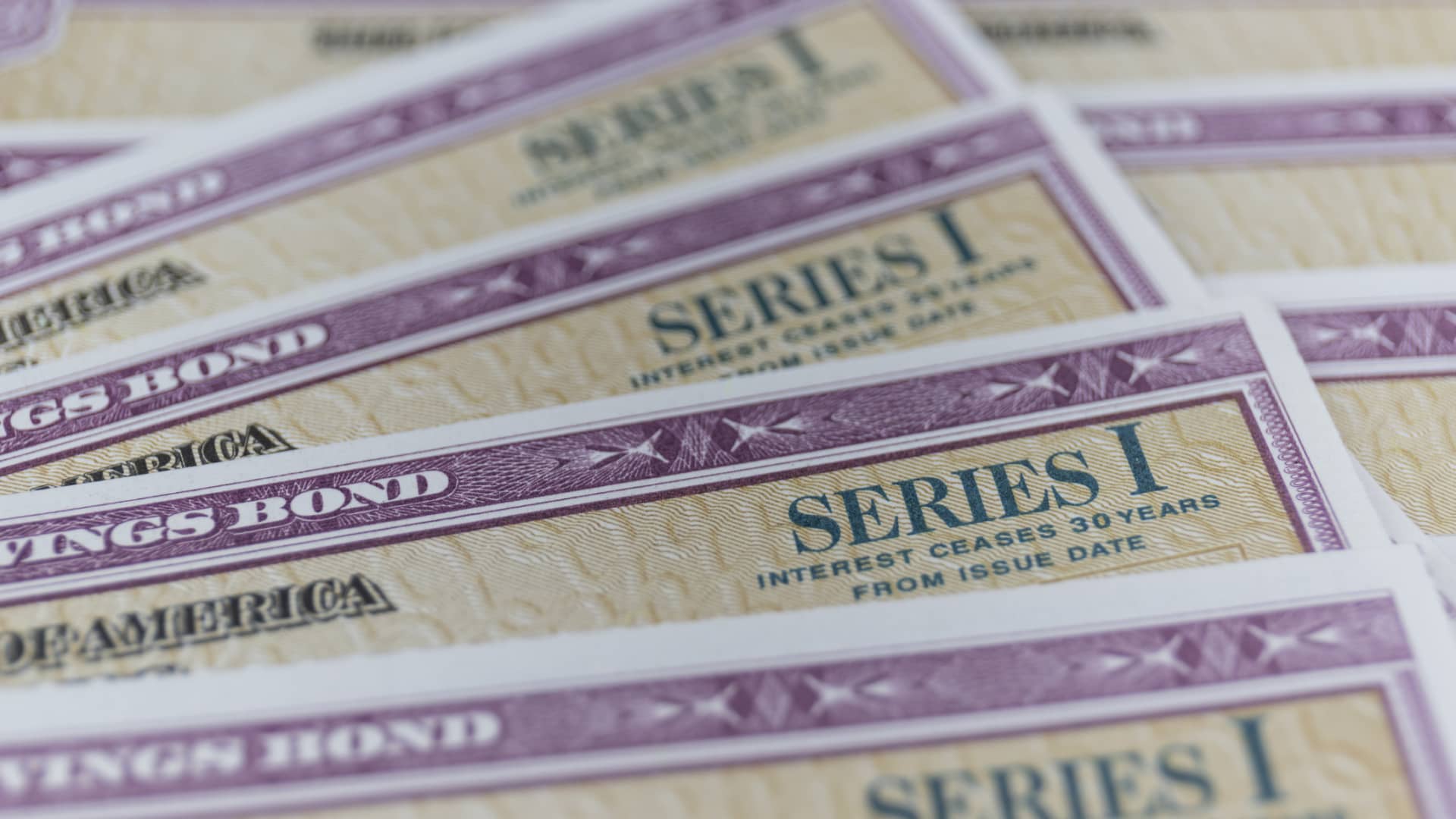Products You May Like
If you’re trying to max out the yearly purchase limit for Series I bonds, your tax refund offers an opportunity to buy even more.
However, you should consider your goals and weigh alternatives first, experts say.
An inflation-protected and nearly risk-free investment, I bonds are currently paying 6.89% annual interest on new purchases made through April 2023, the third-highest rate since they were introduced in 1998.
While the annual purchase limit is generally $10,000 per person for electronic I bonds, you can buy another $5,000 in paper I bonds with your tax refund.
Buying paper I bonds with your tax refund may make sense if you’re eager to purchase as much as possible, said Ken Tumin, senior industry analyst at LendingTree and founder of DepositAccounts.com, a website that tracks I bonds, among other assets.
There are two parts to I bond interest: a fixed rate, which may change every six months for new purchases but stays the same after the bonds are bought, and a variable rate, which changes every six months based on inflation. TreasuryDirect announces new rates every May and November.
But with inflation falling, Tumin said, I bond investors “might be a little bit disappointed in May,” noting the combined rate may drop below the past three updates — 6.89% in November, 9.62% in May and 7.12% in November 2021.
Treasuries, high-yield savings are smart alternatives
As the Federal Reserve continues to raise the target federal funds rate, other assets have become more attractive, experts say.
“No one should buy I bonds with their tax refund” unless the purchase is part of a long-term strategy to lock in the current 0.4% fixed rate above inflation, said Jeremy Keil, a certified financial planner with Keil Financial Partners in Milwaukee.
For shorter-term goals, Keil points to assets such as Treasurys, high-yield savings accounts or certificates of deposit, with rates that have crept up over the past year.
Right now it’s really easy to get over 4% from an online savings account.Ken TuminFounder and editor of DepositAccounts.com
“Right now it’s really easy to get over 4% from an online savings account,” said Tumin, noting that rates are the “highest in more than a decade.”
He said shorter-term CDs are paying higher rates than longer-term CDs because many institutions are expecting the Fed to start cutting rates in a year or so.
Downsides of paper I bonds
Keil said it’s also important to consider the downsides of purchasing paper I bonds tied to your tax return.
“You don’t have much control over the timing of the paper I bonds purchase, so don’t expect to get the current 6.89% rate unless you file your return well before the deadline,” he said.
What’s more, paper I bonds must be converted to electronic form before redemption. “It’s a long process,” he said. “It’s not liquid at all.”
